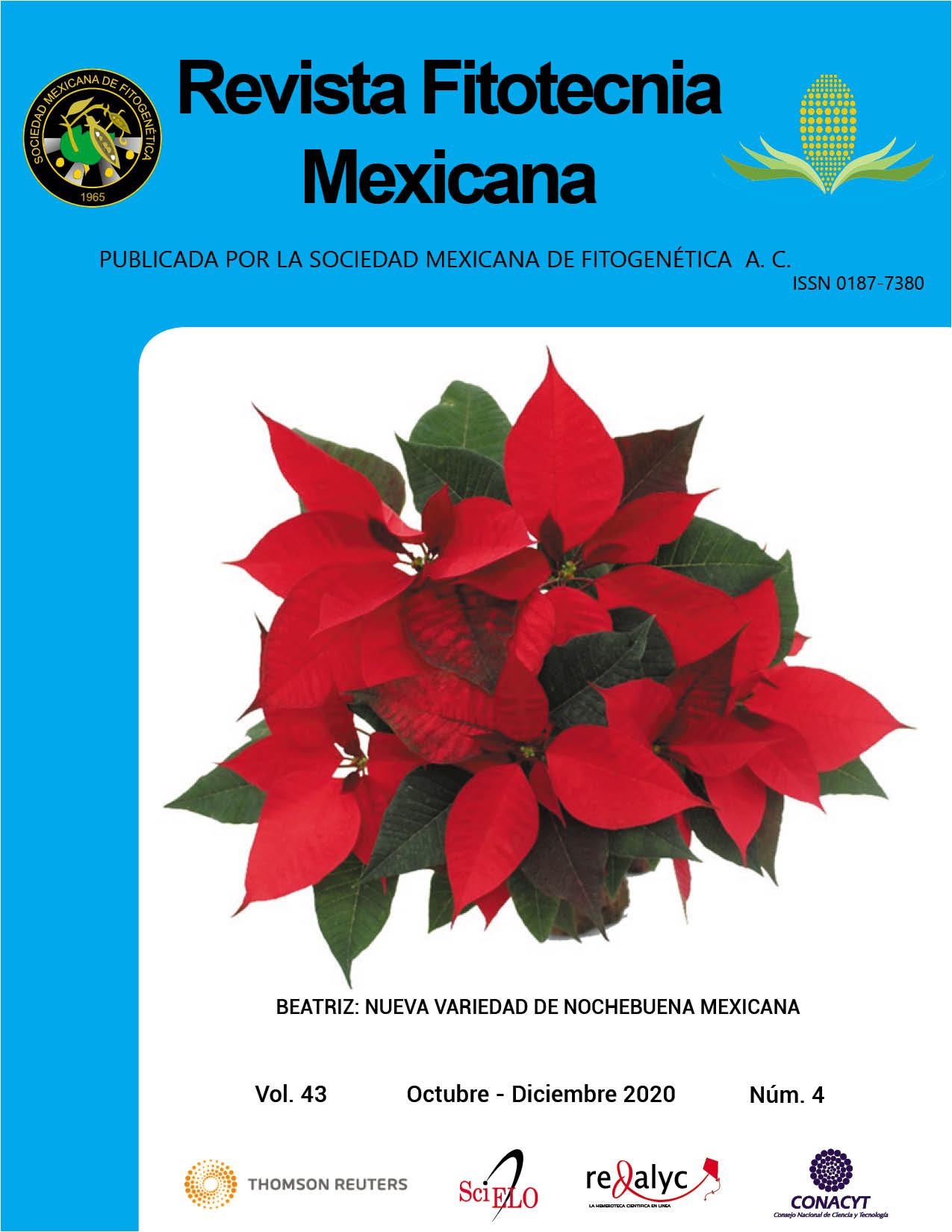SPATIAL MODELING OF THE Oligonychus perseae (TUTTLE, BAKER AND ABATIELLO, 1976) POPULATIONS IN THE STATE OF MEXICO
Main Article Content
Abstract
Oligonychus perseae is a mite known as persea mite that affects avocado (Persea americana) plantations practically worldwide. It is reported as the main pest affecting avocado tree foliage in countries like the United States of America and Spain. Damages include injuries to the cell tissues of the leaves due to mite feeding, defoliation and even sunspot damages due to the low amount of foliage on the tree. The economic threshold of this pest is reported between 100 and 500 mites per leaf. The purpose of this study was to model the behavior of persea mite populations in four avocado-producing municipalities in the State of Mexico, Mexico. Results showed that the municipalities most affected by this pest were Donato Guerra and Temascaltepec. It was observed that the most affected stratum was the lower one with 40 mites per leaf, in which up to 130 mites per tree were found. Persea mite populations are distributed in an aggregate way in the sampled municipalities and mainly correspond to spherical and Gaussian models. All samplings were properly validated through the cross-validation process. The distribution of populations was illustrated by density maps that show the precise location of aggregation centers in the sampled municipalities. Based on the maps, the infested area was calculated, it exceeds 57 % of the area of the evaluated municipalities.

